It's not a huge island by any means, less than 1.5 kms long, half a km wide.
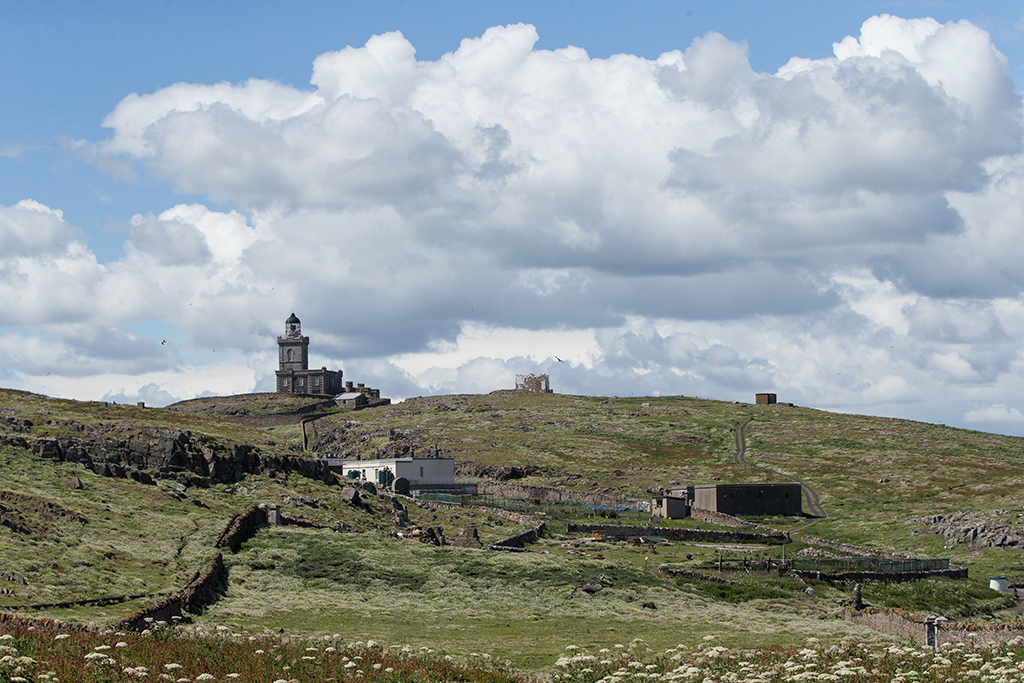
It's home to a research centre, a working lighthouse and a defunct one. The Low Light.

This is the home of the Bird Observatory, founded by a group of Scottish ornithologists and manned and maintained by member volunteers who usually stay for a week at a time.
I am one such member and part of the commitment is to maintain daily sightings logs.
This is my third visit, my second at this time of year.
June.
Just about the peak season for breeding birds before the young fledge and they all disappear for another year.
June however is not so good for passing migrants, in fact they are few and far between so the number of species you are likely to encounter are probably around the 30 mark.
For company I took along father and son Tony and Richard. Tony is a keen birdwatcher, Richard is one of the UK's top spider specialists and me, well I like taking photos.
A week on the Isle of May is not for everyone, it's a long time if there isn't too much about. Many people just come on the day for a 2-3 hour visit and there are two ways of getting there, either by rib boat
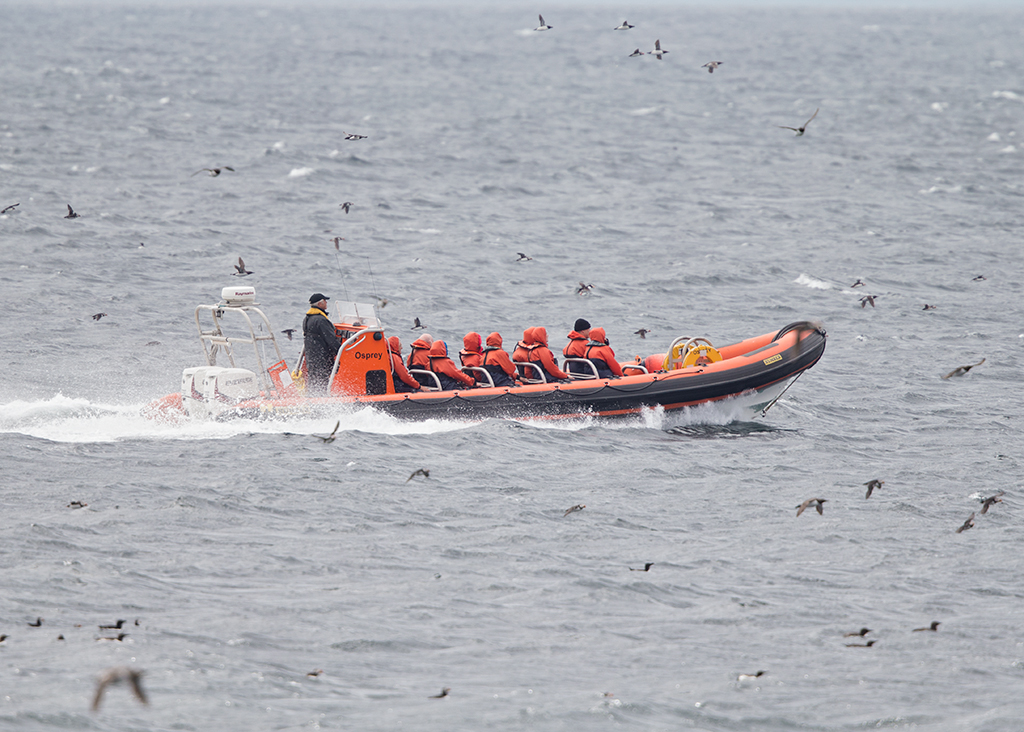
Which can be a little on the wet side
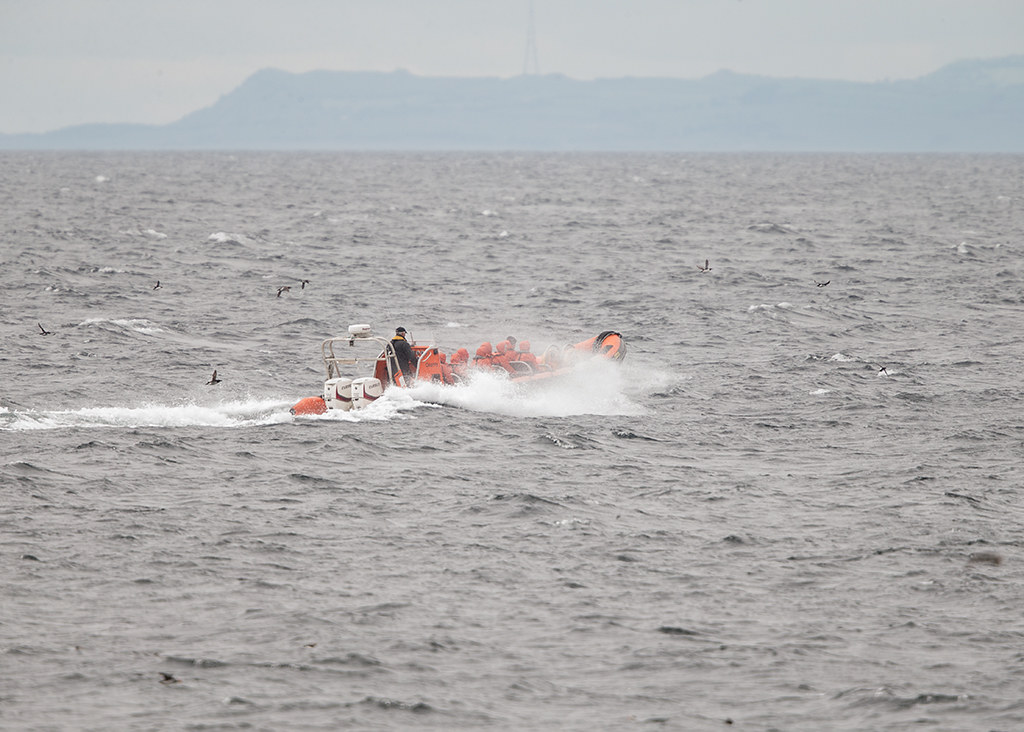 but it's quicker and you can sail from North Berwick too, easier to get to than from Anstruther of the Fife coast from where there's choice of rib boat or the May Princess, the means by which most people arrive.
but it's quicker and you can sail from North Berwick too, easier to get to than from Anstruther of the Fife coast from where there's choice of rib boat or the May Princess, the means by which most people arrive. Sailing times are dictated by both tide and weather but while we were there there were no cancellations although on previous visits there have been.
Sailing times are dictated by both tide and weather but while we were there there were no cancellations although on previous visits there have been.So what do you do if you stay for a week?
Spider hunter Richard undertook a survey of the whole island and found 47 different species, the single largest survey ever completed which included 15 new species for the island. By the end of the week he had covered every likely type of habitat with a couple of days to spare. Tony was somewhat disappointed in the lack of avian variety. Wrong time of year but just observing the seabirds can be a bit repetitive so he was glad to help out with other tasks too.
And me, the photographer ? Well, I guess that after a week I too was near saturation point but the irony is when I got home I wasn't satisfied with my efforts and I'm going to have to go back again, hopefully for some better weather than the rather dull miserable light we were largely having during our stay.
So for the record here are some of my efforts:-
Number one photogenic species has to be the Puffin. There are over 40,000 pairs so there is no lack of choice!
By day 1 I had covered most options for the Puffin with Sand Eels in bill shot.
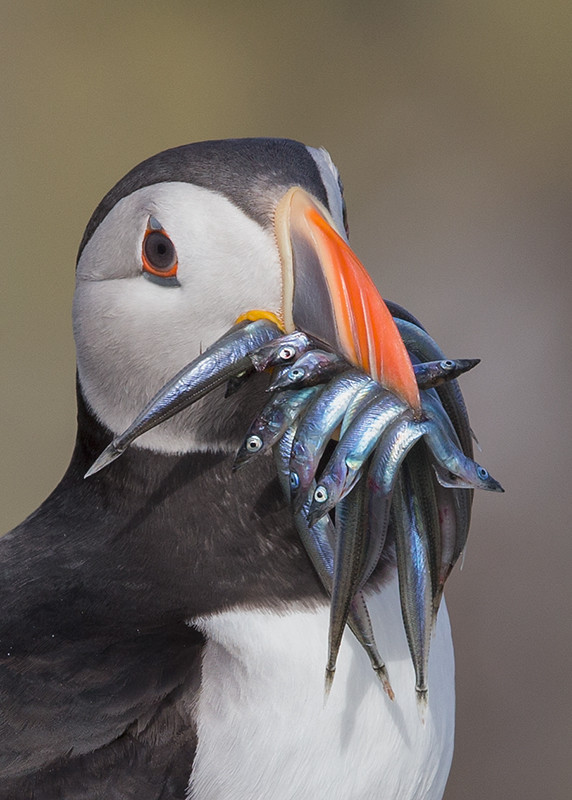
With time to experiment you can alter depth of field to try and get as much of the Sand Eeel and bird in focus.
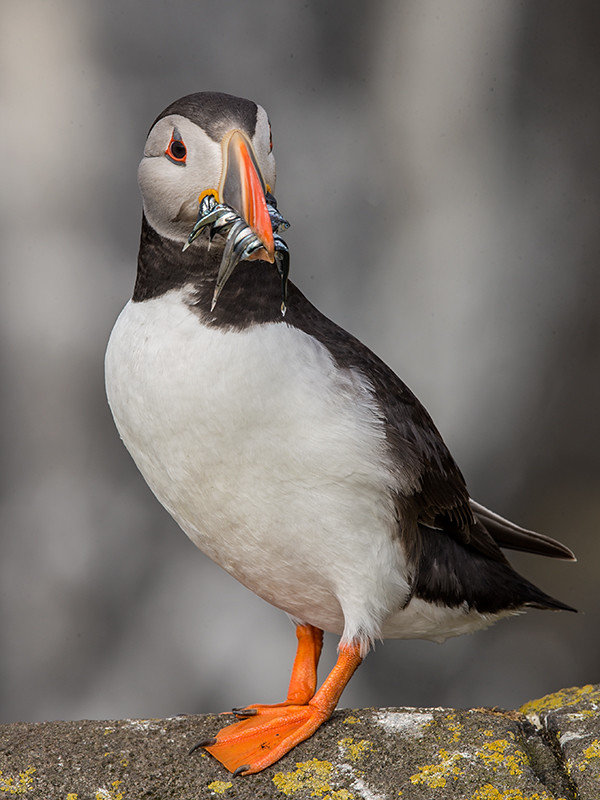
Once you have the classic pose covered you can try for the movement shots. A little walk perhaps
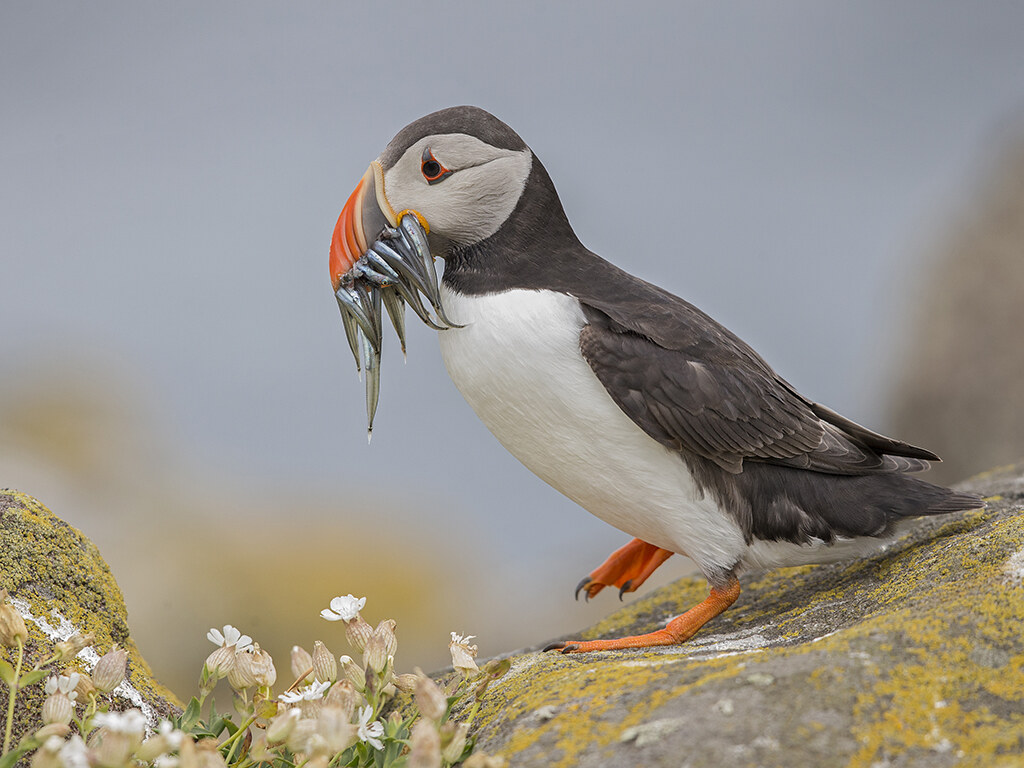
Maybe a flap of the wings
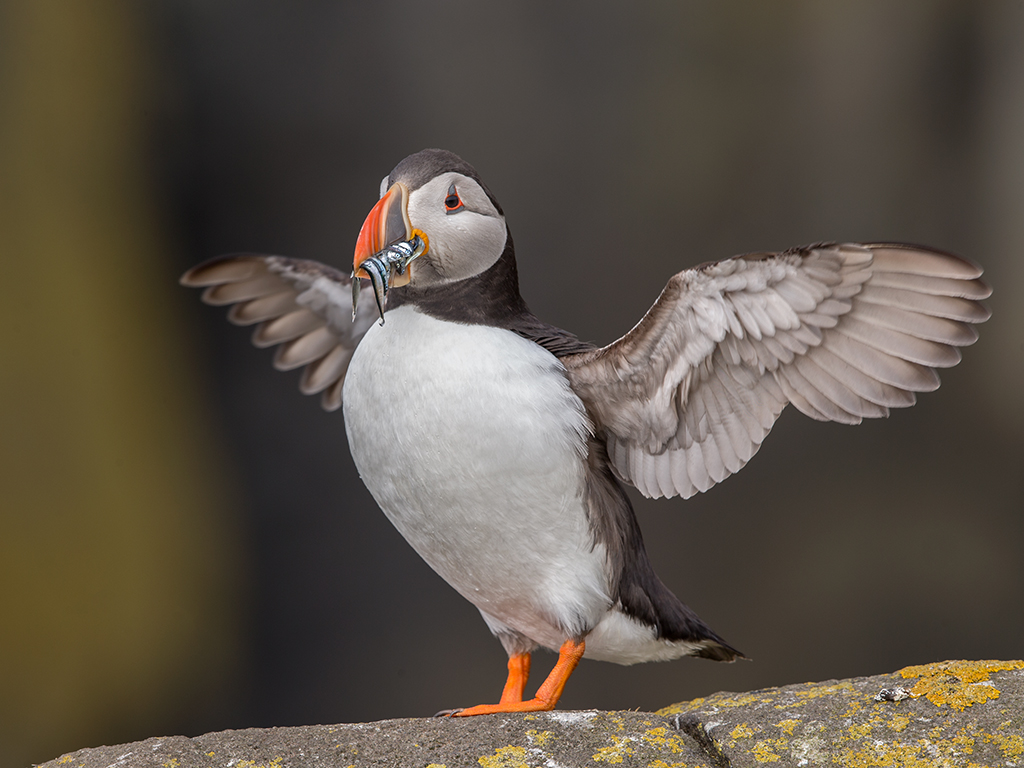
Then you graduate on to flight shots.
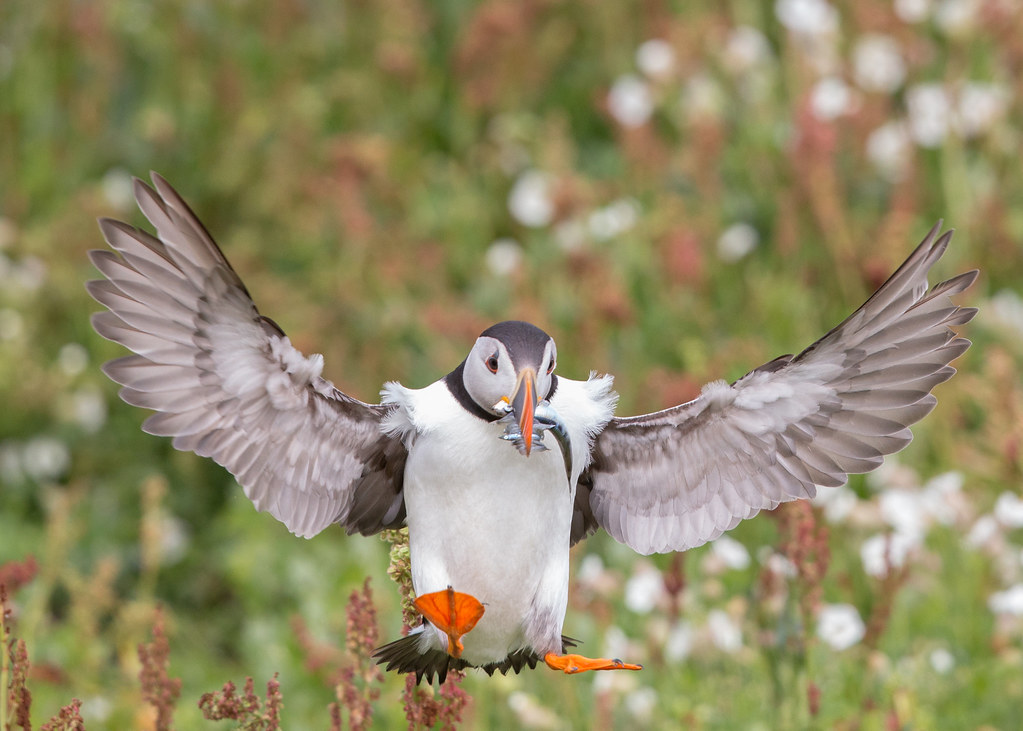
or even better, try for some real action.
Both Herring Gull and Lesser Black-backed harass incoming Puffins in the hope of getting them to drop their catch. There are two tactics !
One is to try an in flight ambush
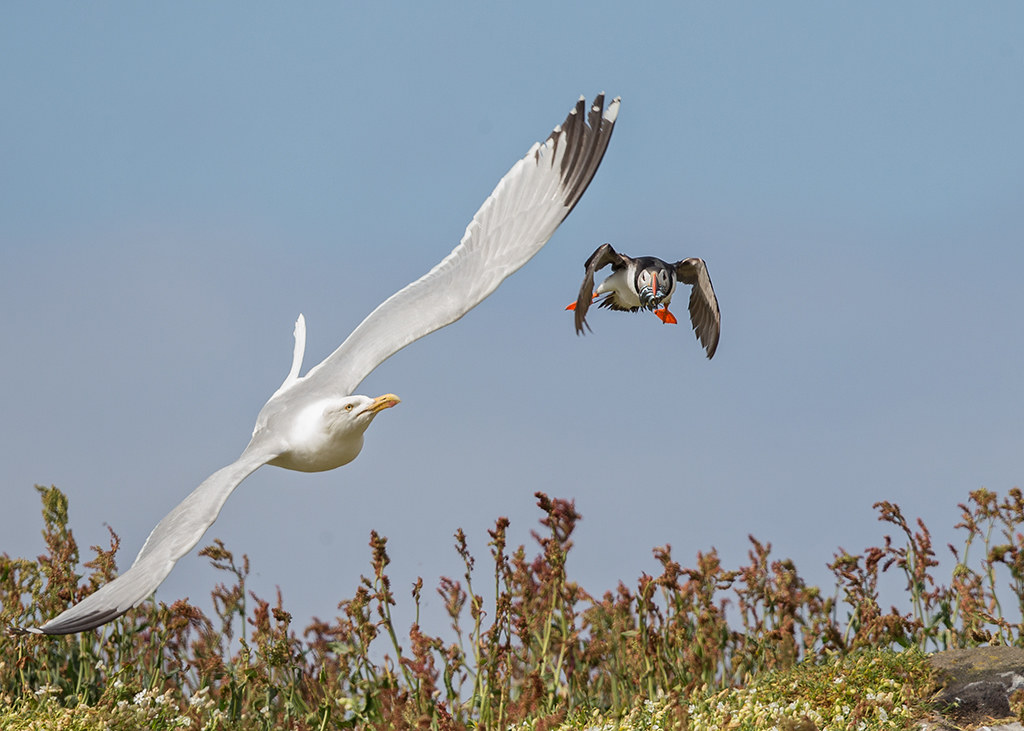
The other is to sneak up on them and rush in at the last minute hoping to pounce on the victim.
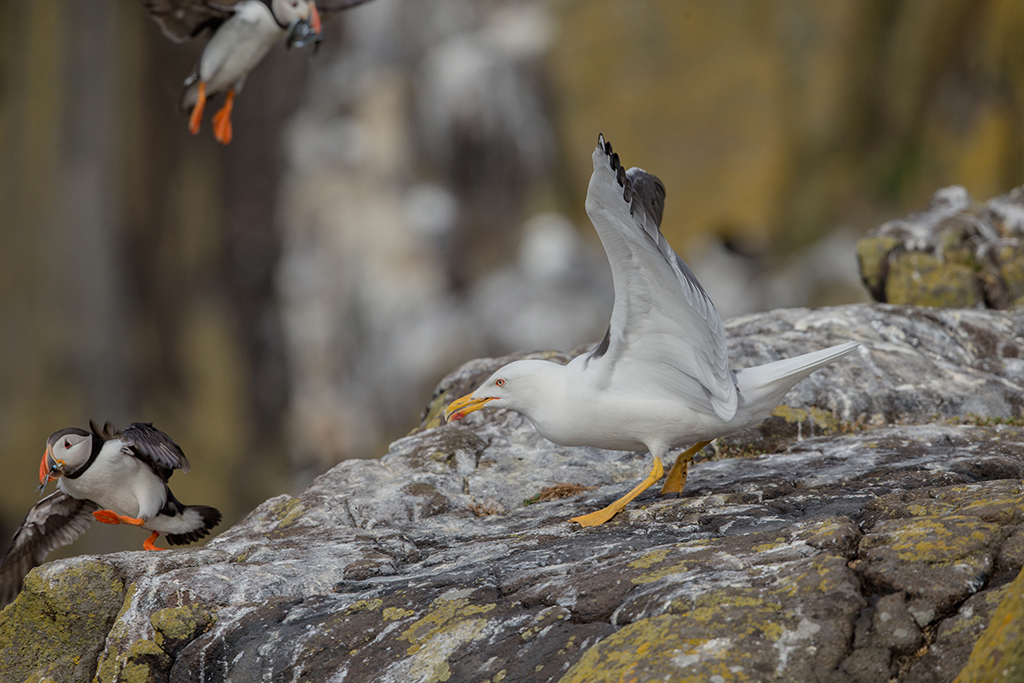
Well I had a limited amount of success , the Gulls did better but not in either of these two shots when the Puffin successfully kept their catch.
So what else was about ?
TBC
No comments:
Post a Comment